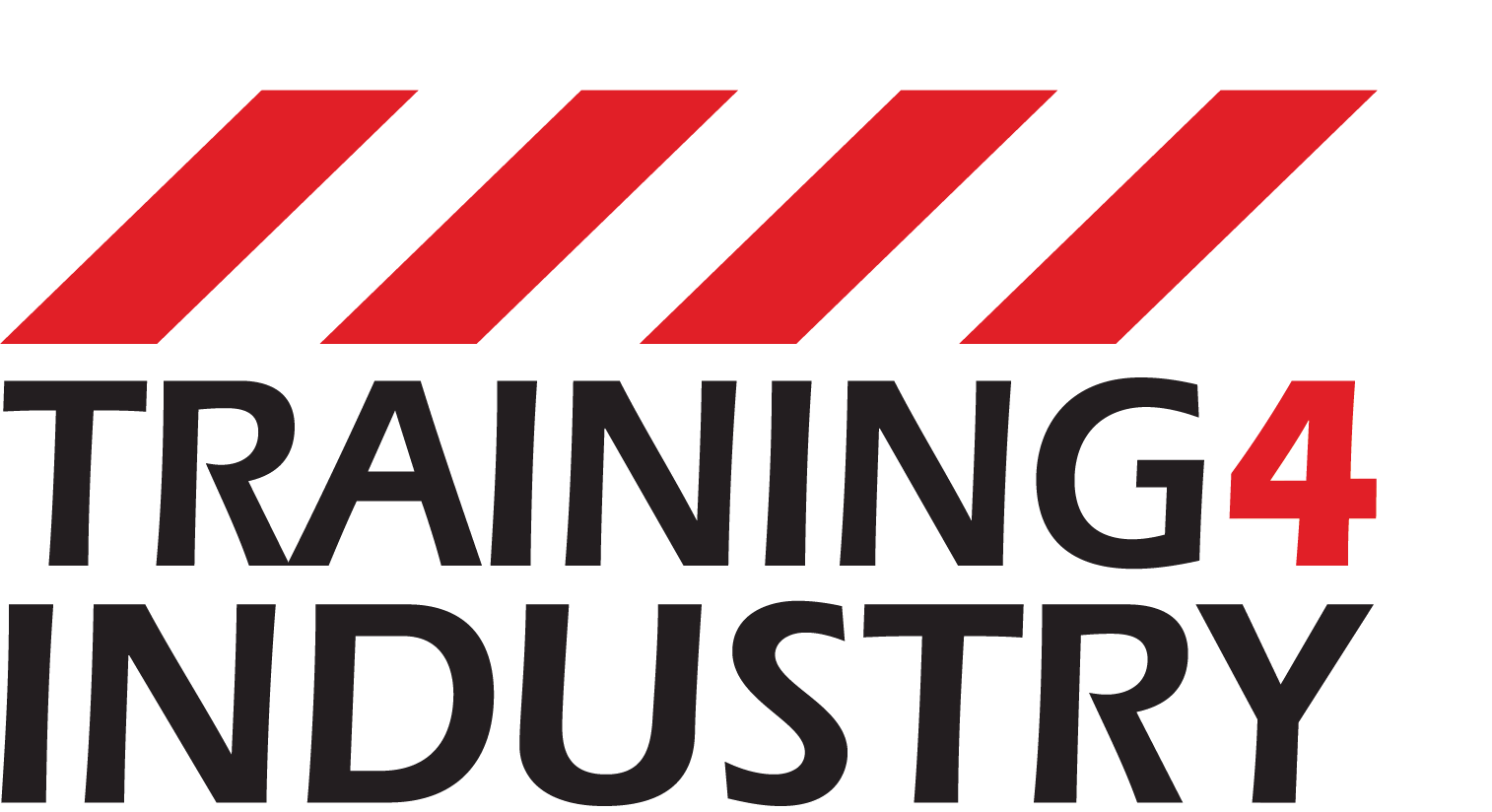Course Content
Successful delegates will gain an understanding of current relevant legislation and best practice on a range of MEWPs and be able to carry out a pre-use inspection and most importantly use them safely, in line with current approved methods and manufacturer’s instructions.
The course agenda includes:
- Introduction
- PAL Card overview and Pre-theory test
- Legislation, Regulations and Guidance
- Pre-Use Inspection/Hand-Over
- Safe Operating Methods & Hazards
- Post -Theory Test
- Practical Training (Genie AWP, Youngman X3 or Pop-Up Vertical Lifts)
- Practical Assessment
Equipment & Other Requirements
Equipment & Other Requirements
Candidates are required to bring the following equipment on the day of the training
- PPE – Hard Hat, Safety boots, High Visible Jacket/Vest, Full body harness & adjustable restraint lanyard
- Company CITB Levy number – Candidates attending Construction related courses should bring their company CITB Levy number with them if applicable.
- A Form of photo ID ( Passport, Driving license, Formal ID Cards)
Failure to have the correct PPE & Harness for the practical training session may effect candidates completing the training course. You can purchase a Harness & Lanyard set for the training from us for £69.95 +vat for the set.*CANDIDATES MUST DOWNLOAD AND REGISTER ON THE NEW IPAF ePAL APP PRIOR TO ATTENDING THE COURSEOnce registered candidates will receive an email from IPAF to activate the APPIPAF have digitised PAL Cards with the new ePAL app, available to both new and existing operators. This replaces the need for paper and plastic documents and licenses with operators’ qualifications and experience easily recorded, stored and shared.Operators can download the app for free to Apple iOS and Android devices and use it to view and access their digital PAL Cards, logbooks and IPAF safety guides.The New IPAF Digital PAL Card Licence Application (ePAL) will be the new default licence and the cost is included in the price of the course. For anyone who would like an additional Physical PAL Card Licence (Printed PAL Card)This would be an additional cost of £12.50 + vat
Learning Objectives
Operatives will gain an understanding of the current legislation and regulations, accident prevention & control, personnel protection requirements, the need to refer to machine operating manuals and the driving/maneuvering of Push Along Vertical units safely in order to position and carry out the required tasks in a correct and proper manner.
Course Aim
This course is aimed at operatives who are or will be responsible for using Push Around Vertical Platforms (PAVs) MEWPs in the workplace. There are no prerequisites for this course although a working knowledge of MEWPs is an advantage.
Since the inspection, operation and use of MEWPs can be physically demanding, users should be physically fit and in good health and should, generally, not have problems with eyesight or hearing, heart disease, high blood pressure, epilepsy, fear of heights, vertigo, giddiness, difficulty with balance, impaired limb function, alcohol or drug dependence or psychiatric illness.
If you have any problems with literacy or language comprehension, or have any doubts about your fitness to use an MEWP, you must bring them to the attention of your employer. This need not preclude you from using MEWPs, provided your employer conducts an assessment and is able to put into place adequate measures, to take account of any difficulties you may have.
Operatives who have already attained the 1A or 3A category licence will not need to attend this course, however familiarisation with the PAV unit you are using is recommended.
Course Overview
Our IPAF Push Along Vertical (PAV) Course delivers a minimum of 4 hours of instruction and is designed to instruct up to a maximum ratio of 8 delegates, providing training to prepare and safely operate PAV units in the workplace.
Push Around Verticals are essentially small, simple static vertical machines. However, unlike Static Verticals (IPAF category 1a), they have no mechanical drive and are physically pushed around. Popular with contractors and the non-construction sector who are using this type of equipment for low-level access work.






